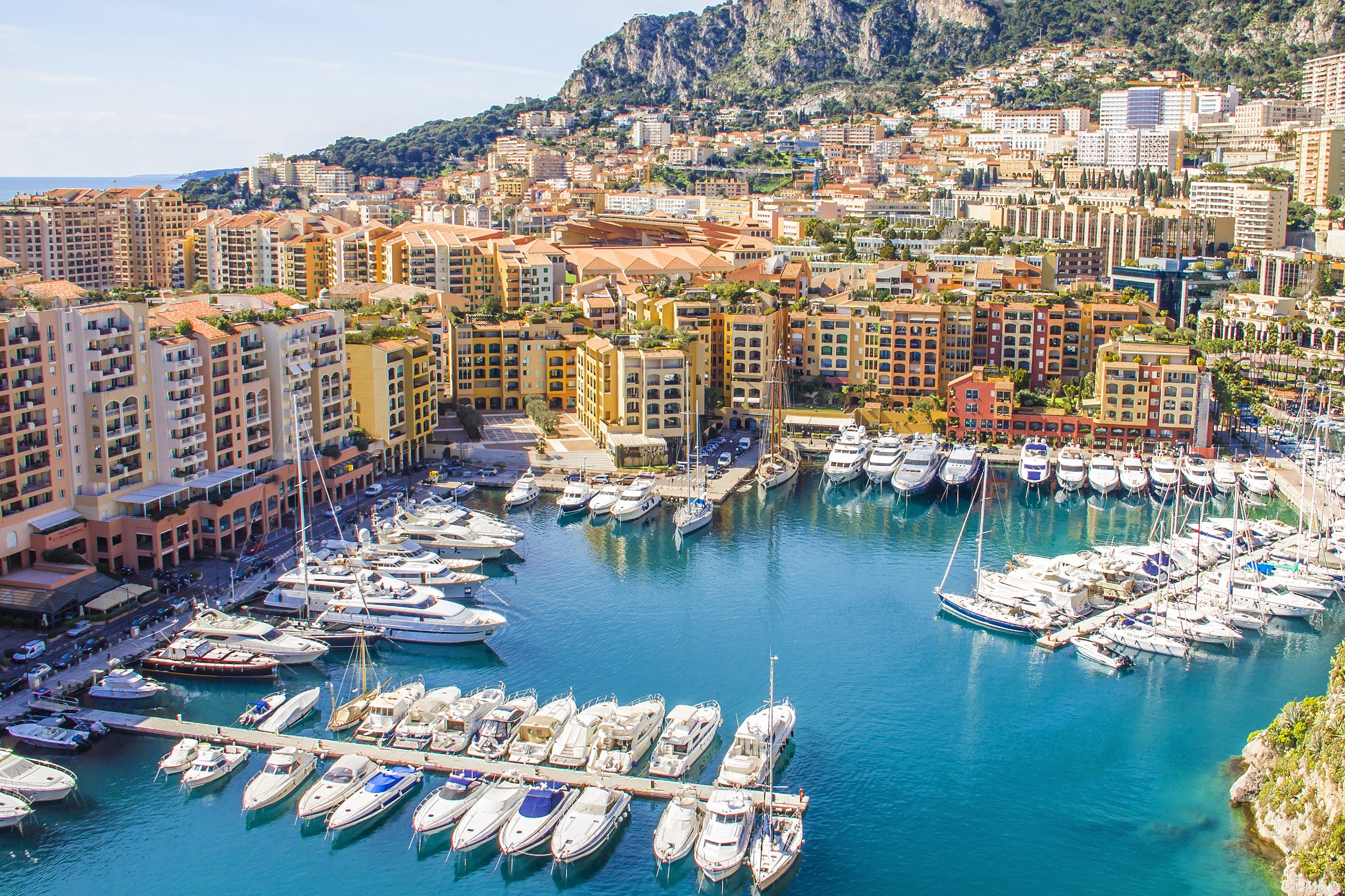WHEN I visited relatives in Cornwall two years ago I was surprised to detect the hostile attitude towards people who had recently bought homes in the area as well as towards tourists.
According to many of the long-term local residents I met, their towns were all too busy, the streets and shops too crowded, you had to book weeks in advance to get a table in a restaurant, and the pubs were just too full to enjoy a quiet, relaxing, comfortable drink.
This was a situation that was very familiar to me.
Back in the mid-sixties, when Jersey’s tourist industry was booming, we had 35,000 beds available for visitors to occupy. There was a vociferously expressed viewpoint that Jersey was ‘too full’, and we needed to attract fewer visitors but we wanted them to be of ‘a better class’.
At that time every hotel and guest house bed was occupied and at Battle time the Tourism Office would put out a public plea for people with rooms to spare to come forward to help provide accommodation. Including people visiting Jersey to stay with relatives, it was estimated that our population of 60,000 blew out to 110,000 for six months of the year.
Back then many people were calling for work permits to be introduced to try to stop the flow of people coming in to work and it was mooted that we should cap our population at 87,000.
Such was our general dislike of this population growth that we developed a derogatory name for the hordes who descended on us from May to September whom we labelled locally with the insulting sobriquet of ‘grockles’. According to the vociferous few they flooded St Helier, ignored yellow lines, parked where they shouldn’t and failed to signal their intentions when they realised they were lost when trying to navigate our poorly signposted lanes.
To help make local people more tolerant of them, we put a red ‘H’ sign next to the number plate on the 3,000 hire cars that we had on the roads back then which locals then called ‘horror cars’.
All of this was a demonstration of the resentment part of the local population felt against this invasion of their space. They still yearned for the days when all you heard in Jersey was the clip-clop of hooves down leafy lanes where the cabbages grew ten-feet tall.
During the period from 1911 through to 1939 our population stayed fairly static at around the 50,000 mark but then increased steadily to just under 90,000 by 2001 and then to 107,000 by 2010. It is expected that the 2021 census figures, due out later this year, will show a population of 120,000.
There are a number of reasons for this growth in Jersey’s population, with the major one being a growing, successful, profitable economy.
The quickest way to reduce a population short of war or a catastrophic pandemic is to have a failing economy, which results in a lack of jobs.
There are plenty of examples in the UK where the loss of jobs has meant a sharp population decline in a locality. Welsh mining villages are examples of what happens to their population when a major area industry closes down. Even modern operations like the closure of Ford factories in Essex have been seen to lead to the sharp decline in the population of the area as people leave to seek employment elsewhere. Is that what we want for Jersey?
We have been extremely fortunate in having two new major industries since the Occupation that have brought great prosperity to the Island – tourism and finance. The tourist industry started its sharp decline in the early 1990s as our main market of British tourists found warmer sunshine at cheaper prices.
These destinations offered more modern hotels situated right on golden Mediterranean beaches, blessed with warm seas that never disappear to the horizon twice a day, as happens in Jersey.
We were lucky to have another industry to take its place. Had it not been for the growth of the finance industry and it’s development into fund management, securitisation, trusts, as well as general banking, Jersey’s economy would have floundered and our population would have decreased markedly.
The lesson from this is that we have to be very careful about how we tamper with our population growth. Guernsey tried by using stricter housing controls and now faces a problem of population decline which has serious economic consequences.
By world standards Jersey is not overcrowded.
Jersey has 922 people for every square kilometre.
This compares with Bermuda (1,456), Gibraltar (4,742), Hong Kong (6,642), Malta(1,397) and Singapore (8,500).
We might be attracted to Monaco with its beautiful harbour, opulent casino and blue Mediterranean sea but we should bear in mind that they have 19,700 residents living in every kilometre of space.
Now that’s what I call crowded.






